Maidens sans Frontiers
Maidens Sans Frontiers: Japanese Girl Culture in Australia is an exhibition that both celebrates and investigates contemporary Japanese girl culture as it manifests in Australia. Showcasing cosplay costumes, fashion items, photographs, video, postcards, books, manga, collectibles, Maidens Sans Frontiers is a collection of artefacts that inspired our co-authored academic book Maidens Sans Frontiers: Girl Culture in Japan and Beyond (Routledge forthcoming). In addition to the artefacts themselves, this exhibition features expert commentary.
Maidens Sans Frontiers: Japanese Girl Culture in Australia is a touring exhibition that is designed for general public consumption teamed with several targeted events enabling audiences to engage with the exhibition and research in more depth. The exhibition will have both online and in-person components.
Touring Exhibition
Our goal is to bring together diverse visual, physical and digital artefacts to build public appreciation and understanding of shōjo culture’s international appeal. These items come from our personal collections and will be framed by heartfelt commentary displayed with the items and online which will interpret the objects’ personal and academic connections to show how academic research often becomes an all-consuming passion, and how fandom and creative pursuits can also translate into academic research in Japanese studies. The exhibition will offer a series of workshops to local school students, university students, and community members about Japanese popular culture.
Explainer
“shojo” or “shoujo” 少女 can be translated to mean “girl” – but there are no one for one replacements in translation.
There are many other words in Japanese that are used more frequently in everday speech to mean “girl” – 女の子 (onna no ko – young woman), お嬢さん (ojyousan – something like mistress or young lady), 乙女 (otome – maiden).
Shojo as a word is perhaps most commonly used when talking about things like shojo manga or shojo literature – about tropes and genres.
The figure of the girl is a liminal or marginal one – too old to be a child, but too young to be burdened by the responsibilities of adult femme presenting individuals and women. Although constrained by her role in society, she has a degree of freedom and agency to selfishly persue a love of reading or wearing frilly dresses or living out daydreams of an imagined Europe.
This exhibition brings together items from the personal collections of academics working on shojo culture – Dr Lucy Fraser (UQ) and Dr Emerald L King (UTAS), with contributions from Dr Megan Rose (UNSW). The curation and copy were provided by Emily Wakeling who was one of the curators for the 9th Asia Pacific Triennial held at Queensland Art Gallery/Gallery of Modern Art.
For each of us, the shojo takes a different role in our work.
Lucy’s work focuses on the pleasures of metamorphisis – exploring the changes of the shojo’s physical body from child to adult, but also human to bird, goddess or mermaid, in literature and manga.
Emerald’s work skews towards the darker and bloodier end of shojo culture – focussing on the horror inherent in being a girl. Emerald also looks at figures who are not girls – either because they have ‘aged out’ or because they were barred from girlhood in the first place.
Megan’s work is predominately concerend with sociological interraction with girls involved in Tokyo’s vibrant street fashion culture. She is adamant about giving these women a voice rather than viewing them as objects of study.
Online gallery and event website: maidenssansfrontiers.wordpress.com
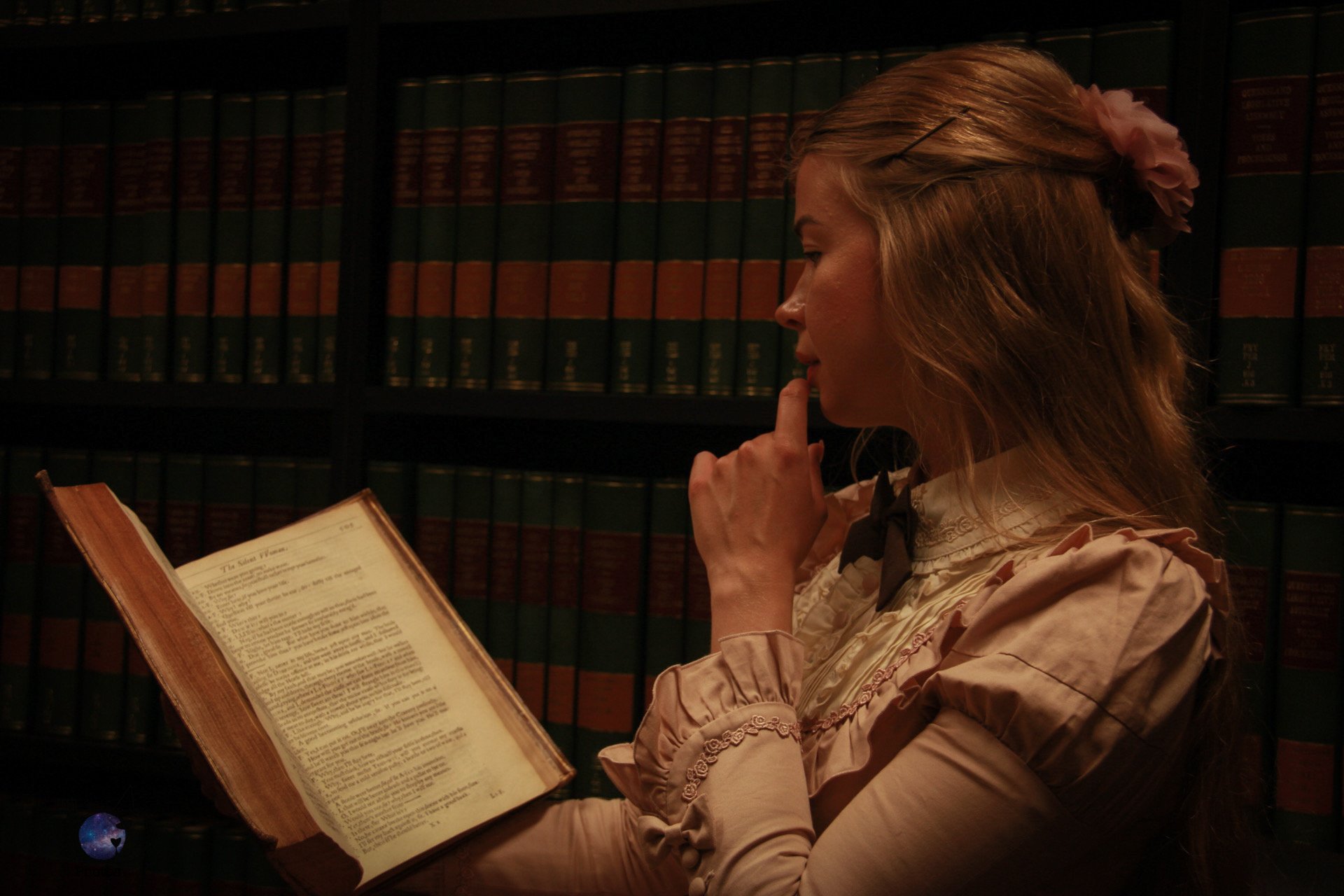

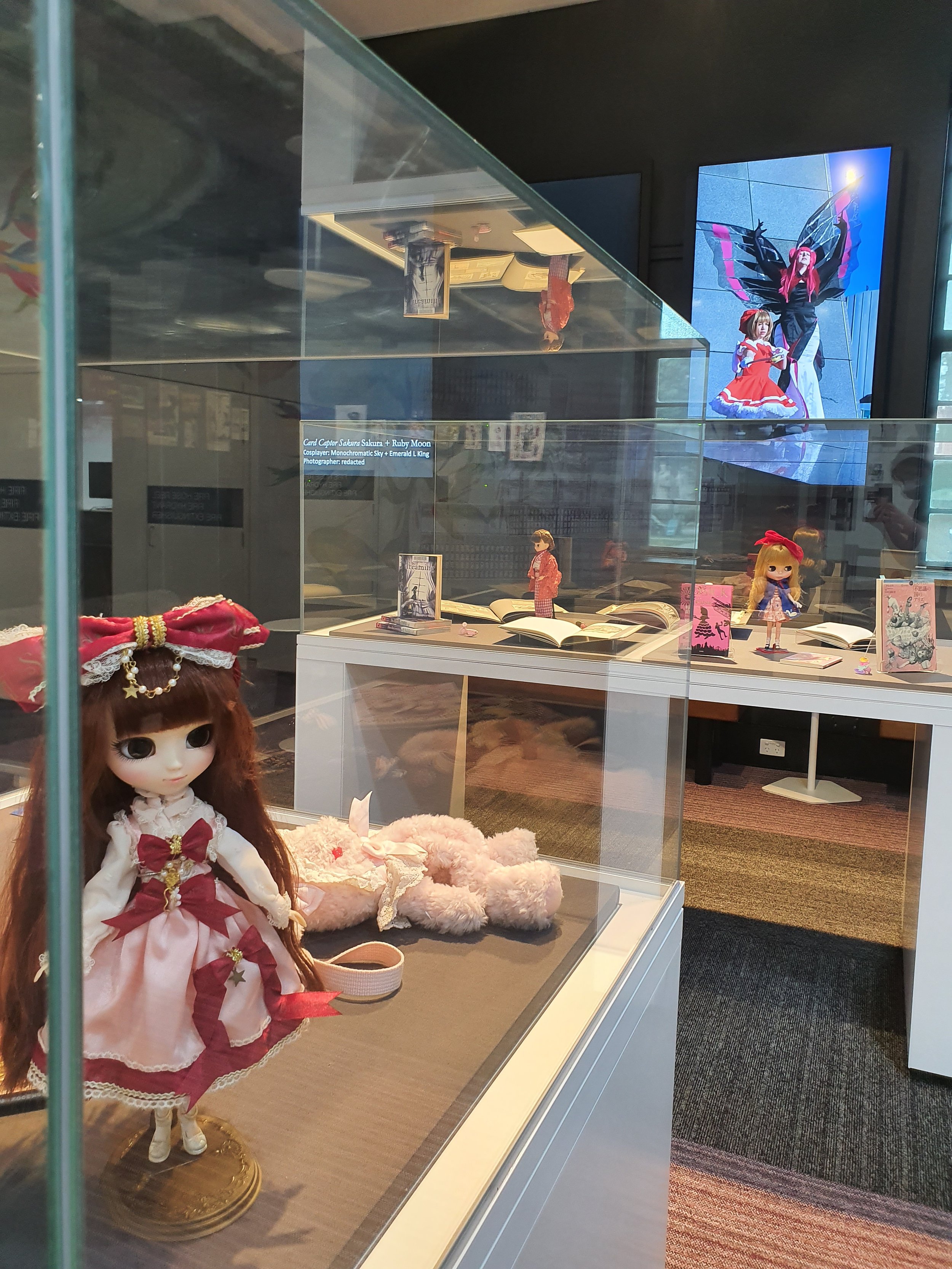

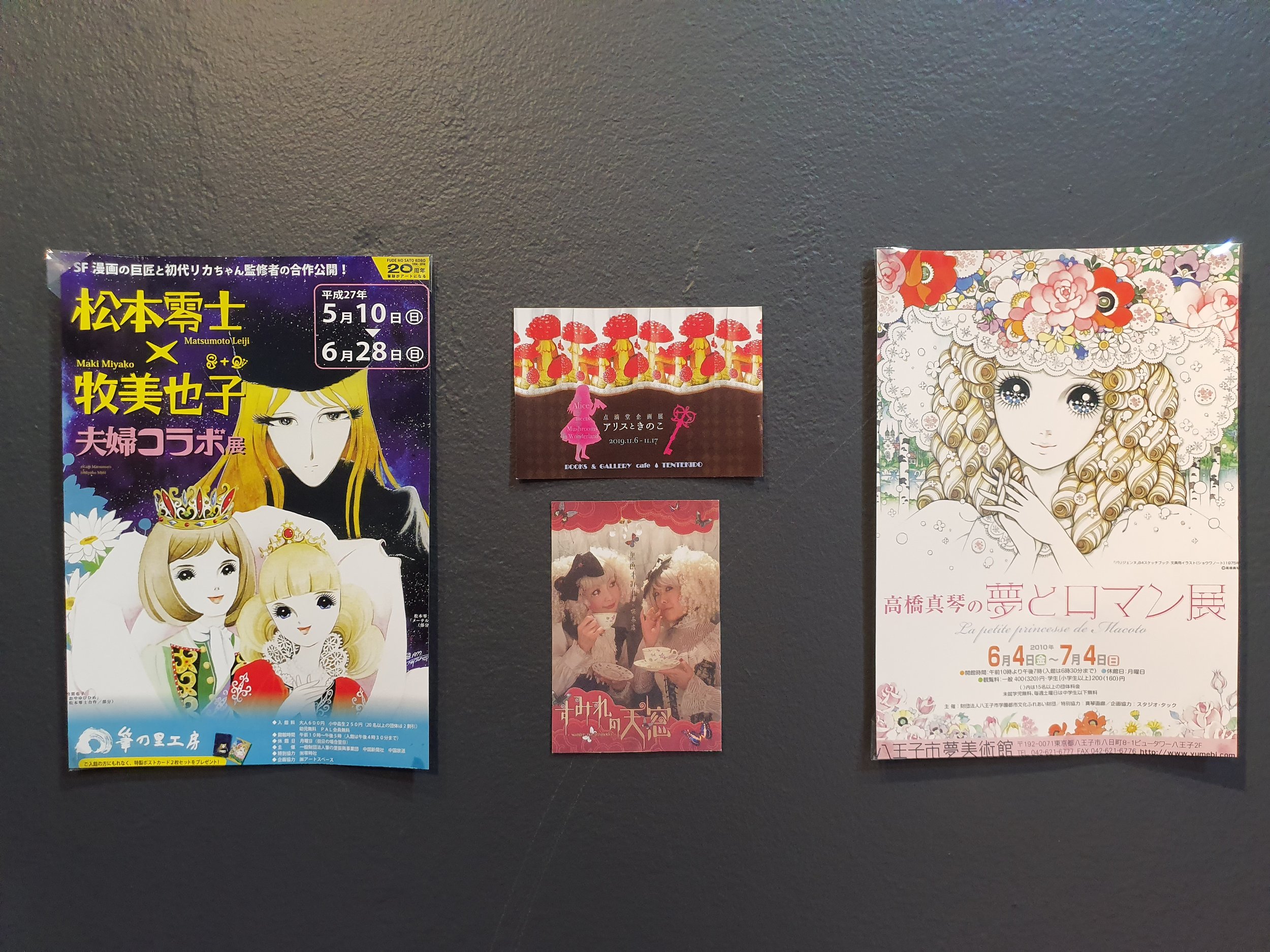
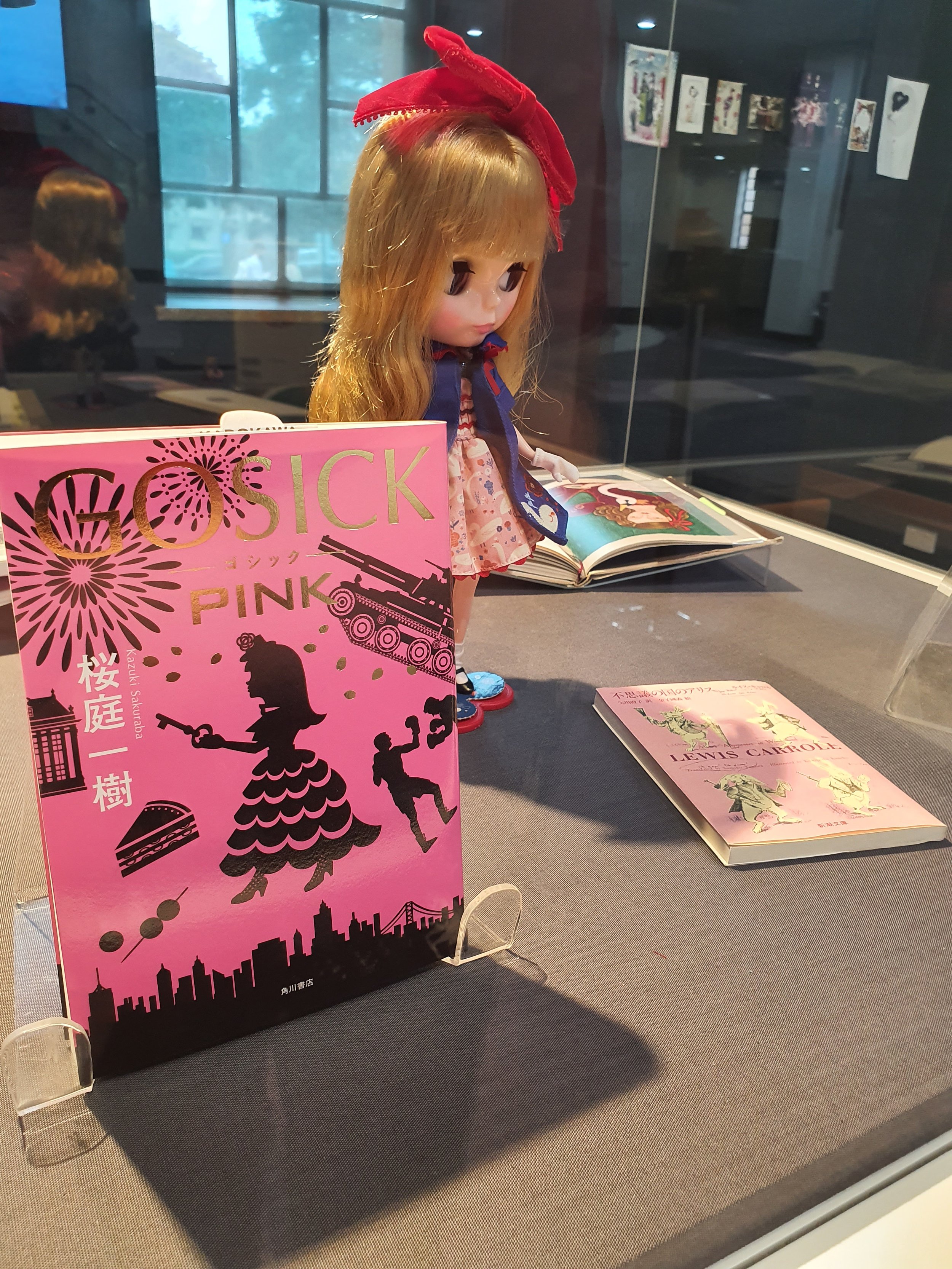
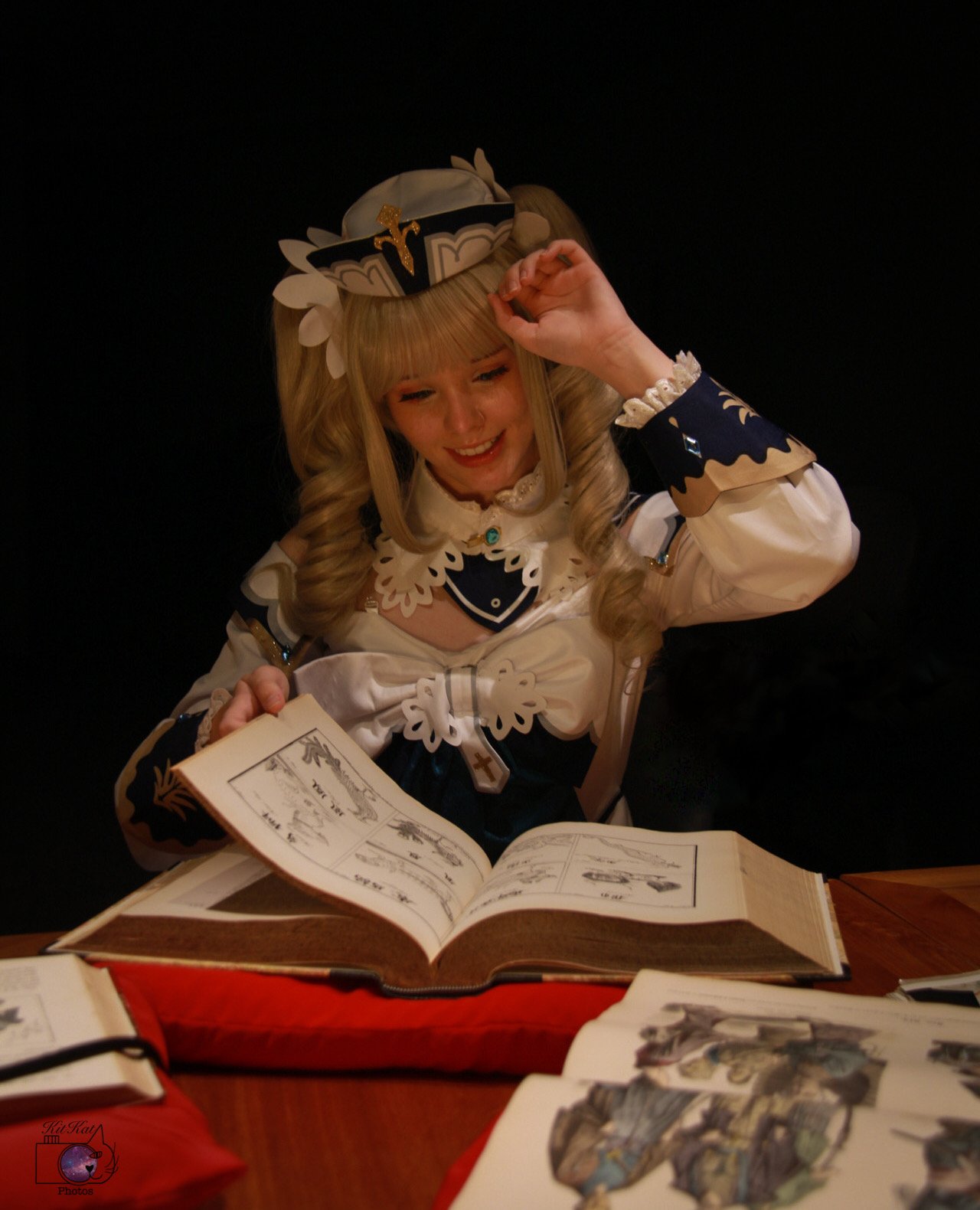


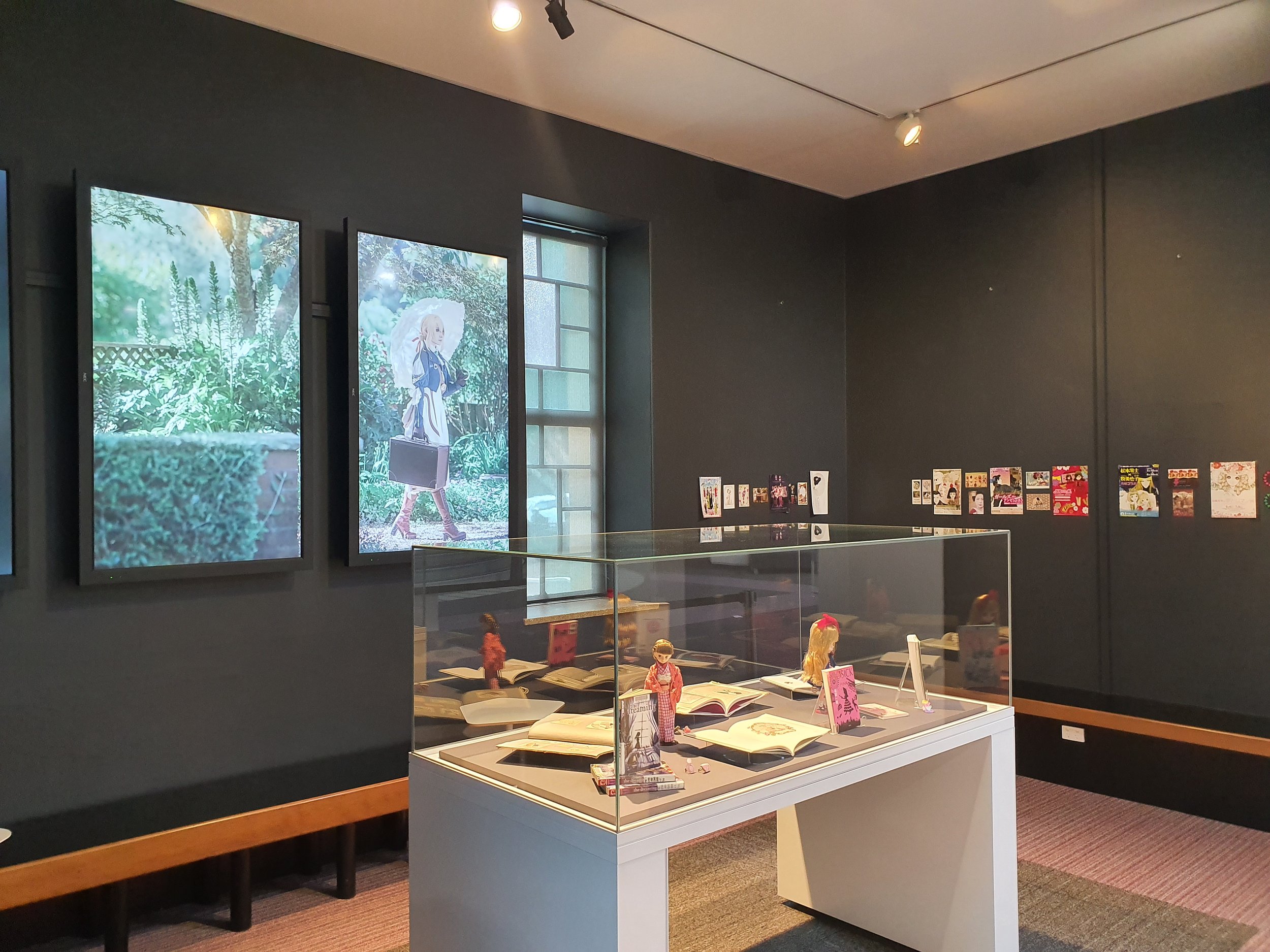

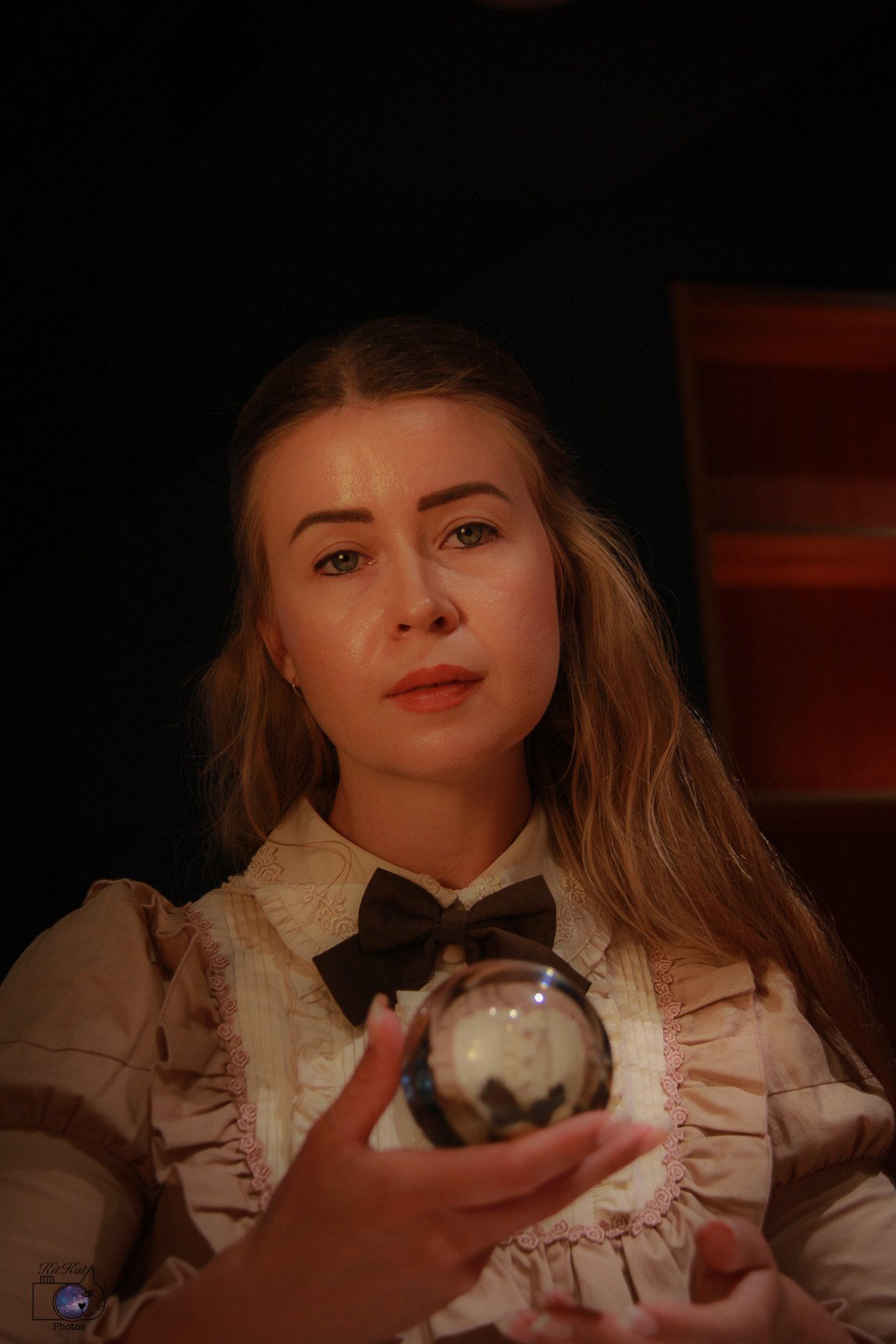
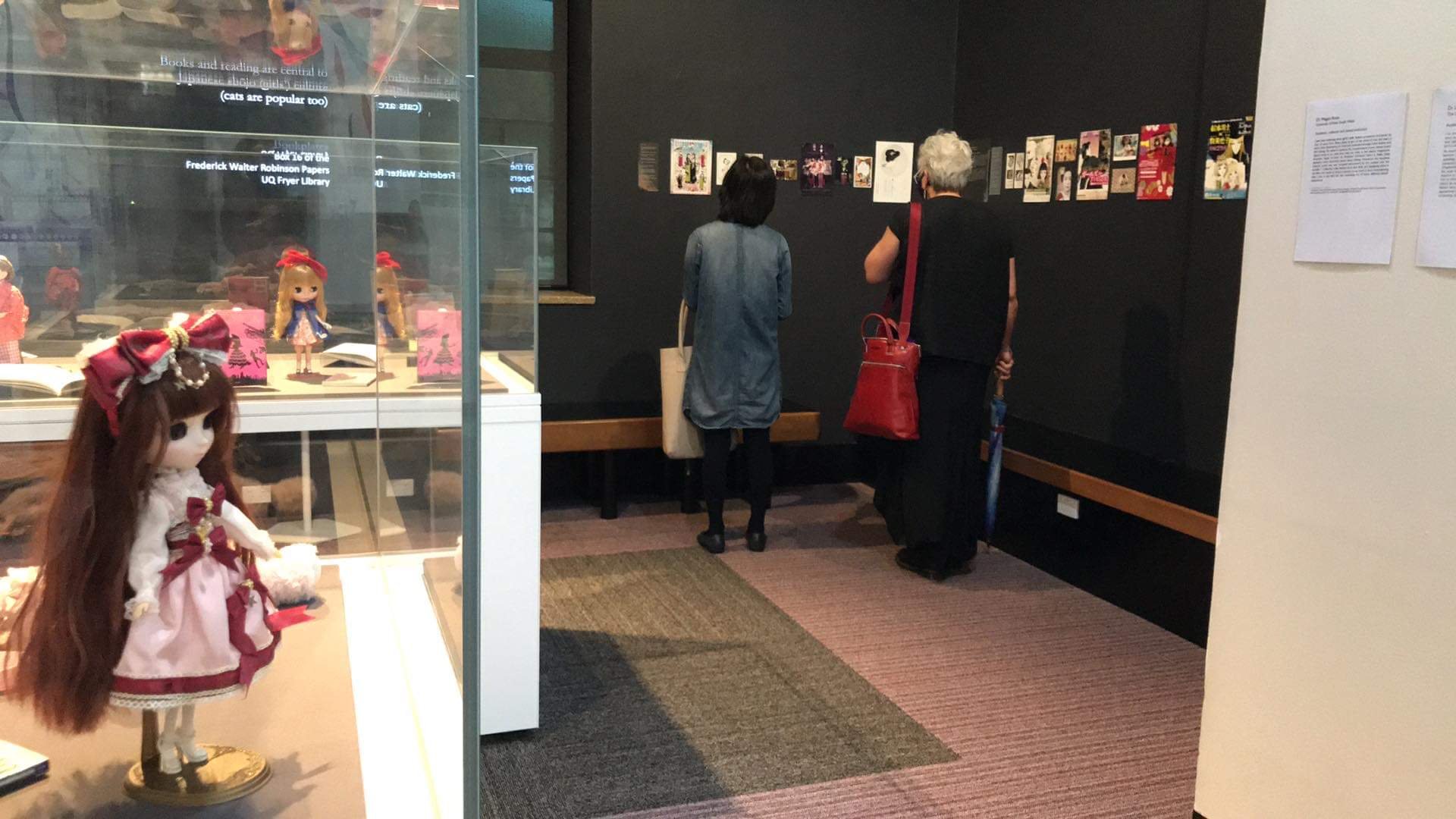
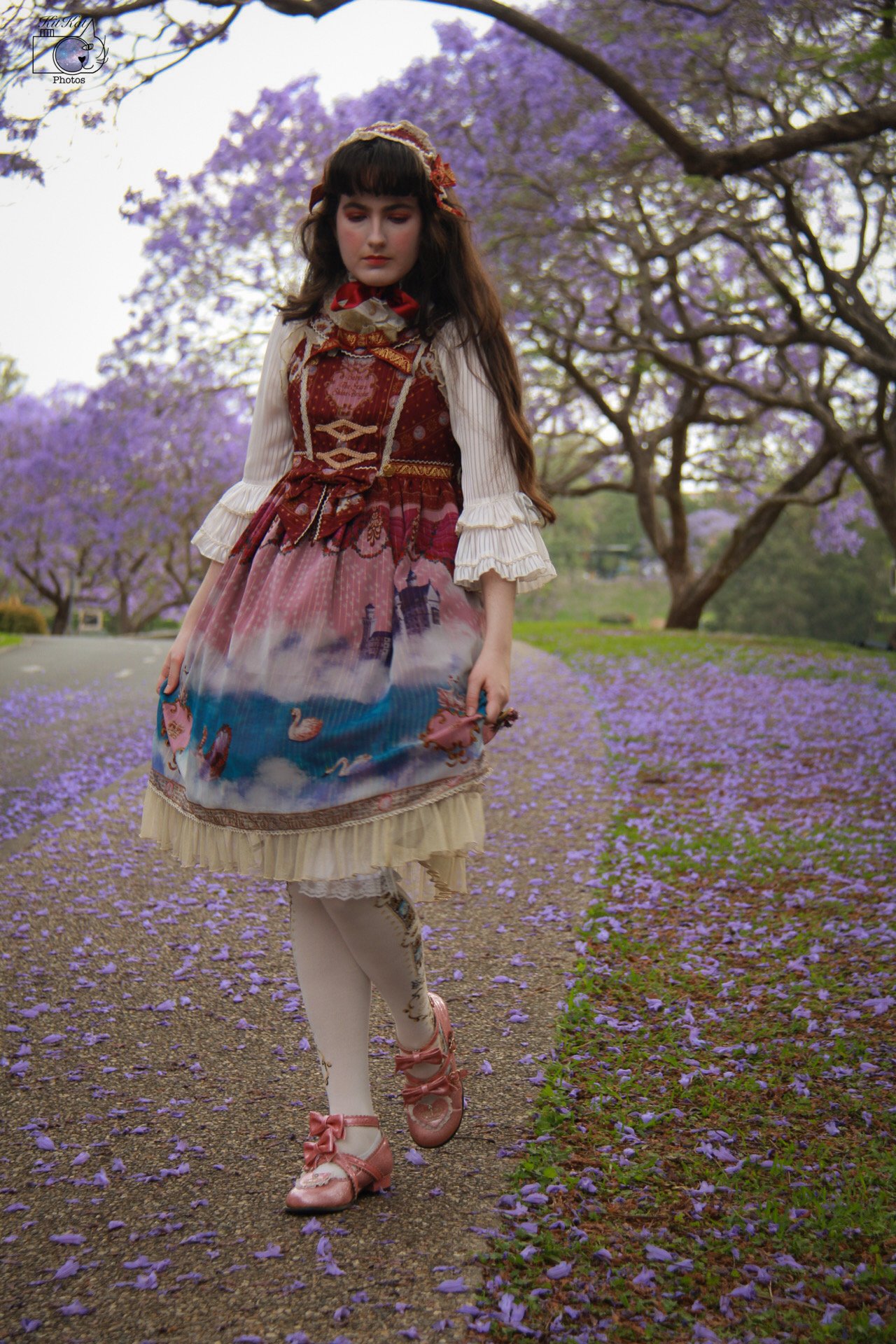

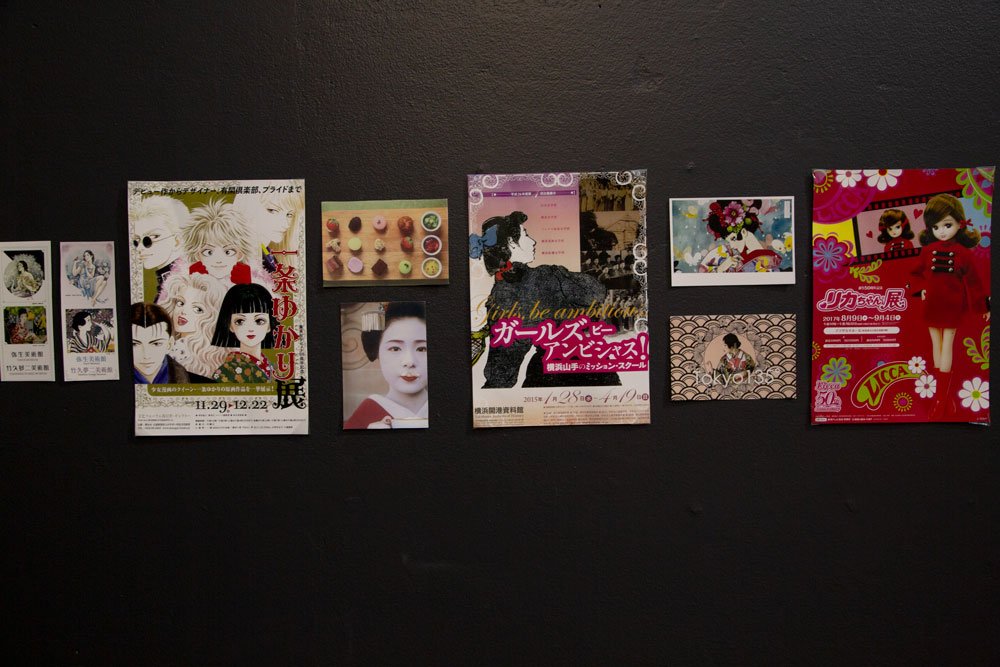


Duhig Tower - Reflection
February 8 2022
When I first saw the gallery space at the bottom of the Duhig Tower in the Central Library at The University of Queensland I was taken back to the darkened halls of the private girls school of my youth.
The tower forms part of the sandstone ‘Great Court‘ designed in 1935 by Queensland Government architects Hennessy, Hennessy & Co. The Great Court was envisioned as a modern take on the traditional quadrangles of monasteries and universities in Europe. This imagined Europe speaks to the imagined west found so often in shojo manga and literature – often centred in educational or institutional buildings such as Hagio Moto’s November Gymnasium or The Heart of Thomas – both published in the 1970s, these works have been hugely influential on shojo culture including, but not limited to, BL narratives.
The dark grey walls of the display space nestled in the opening fouyer of the Duhig Tower provided a surprisingly warm background for the bright colours of the exhibits. The thick walls and bench seating invited visitors to sit and enjoy the space – maybe with a good book or an eReader.
This space also featured a triple screen which we were able to take advantage of to screen images of Australian cosplayers (dressed in shojo manga costumes) and fashion films produced by Deerstalker Pictures.
This is something of a reflection on a reflection. For someone who has never worked or studied at the University of Queensland campus, it is one of my favourite places to visit. Most Brisbane cosplayers will be familiar with the long sandstone walks of the Great Court and have photographed there regardless of their status as a student. I still can’t believe we got to take over this beautiful space for a month and to contribute to the cosplay and lolita fashion culture of the area.

